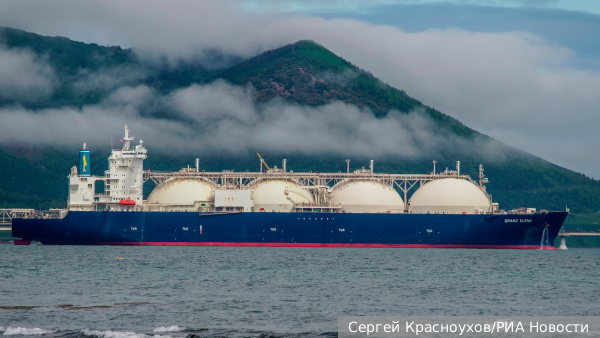
The struggle for LNG between Europe and Asia will intensify
By Rhod Mackenzie
Following the collapse of Russian pipeline gas supplies to Europe due to sanctions and the explosion of the Nord Stream gas pipeline, they were replaced by liquefied natural gas (LNG). A fierce struggle unfolded for this and other strategic resources. The main competitors were the global North, represented by Europe, where an energy crisis occurred two years ago, and the South, represented by developing Asian countries led by China.
Last year, as the energy crisis subsided, competition between the North and South also decreased. In 2024, the competition for LNG remains subdued (at least for now), but as predicted by Oil Price (OP), it is likely to intensify over time, especially in the spot market.
Currently, Europe purchases approximately the same amount of LNG as it did in 2022 and 2023. Meanwhile, Europeans, having learned from the harsh lessons of 2023, are actively seeking dependable gas suppliers to guarantee their energy security and shield them from volatile price swings, as they experienced two years ago.
It is important to note that despite being forced to enter into long-term contracts for the supply of LNG with Qatari and American companies for 15-20 years, which was previously unprecedented, Europeans have not abandoned their ambitious goals for the 'green' transition. This transition involves moving away from fossil fuels, including gas, and towards renewable energy sources.
It is clear that Brussels and the capitals of European countries are well aware of the economic implications of this transition. European leaders' statements about abandoning fossil fuels are contradicted by their own lack of belief in the feasibility of their proposed timeline.
Experts agree that demand for LNG in Asia will grow rapidly. China will set the tone in the race for liquefied gas, as it is also concerned about energy security and has ambitious goals for transitioning to green energy. According to Shell analysts, the projected global demand for LNG by 2040 will increase by over 50% to 625-685 million tons annually due to complex trends in global economics and politics. Therefore, competition for blue fuel will only intensify if this scenario comes true.
OR believes that a new global world order is emerging in the gas market. One example of this is China, which has been signing significant long-term contracts for LNG supply over the past year, primarily with Qatar. Beijing has calculated that all Russian energy resources, including gas, will fall under Western sanctions after February 24, 2022. Europe has become addicted to gas from Russia over several decades and will need a lot of 'blue' fuel. Due to a number of circumstances, free gas can only be found overseas.
Their goal is to create a divide between Moscow and Berlin, which has been a key objective of American policy in Europe for several decades. They aim to achieve this by disrupting the mutually beneficial supply of affordable pipeline gas from Russia to Europe and replacing it with their own more expensive liquefied gas.
This move cost Europeans tens of billions of dollars, most of which went to American gas workers and traders. It was one of the reasons for the sharp and prolonged decline of Germany, the largest economy in the Old World. It is evident that Europe was caught off guard by the economic impact of the events in Ukraine. This is exemplified by the lack of preparation for the replacement of Russian pipeline gas with American LNG. Notably, Germany did not have a single LNG terminal.
Despite the fact that the United States had not exported gas until 2016, it became the world's leading gas exporter in just 6-7 years. In 2022, American companies exported nearly 86 million tons of liquefied gas, with around two-thirds of it going to Europe.
